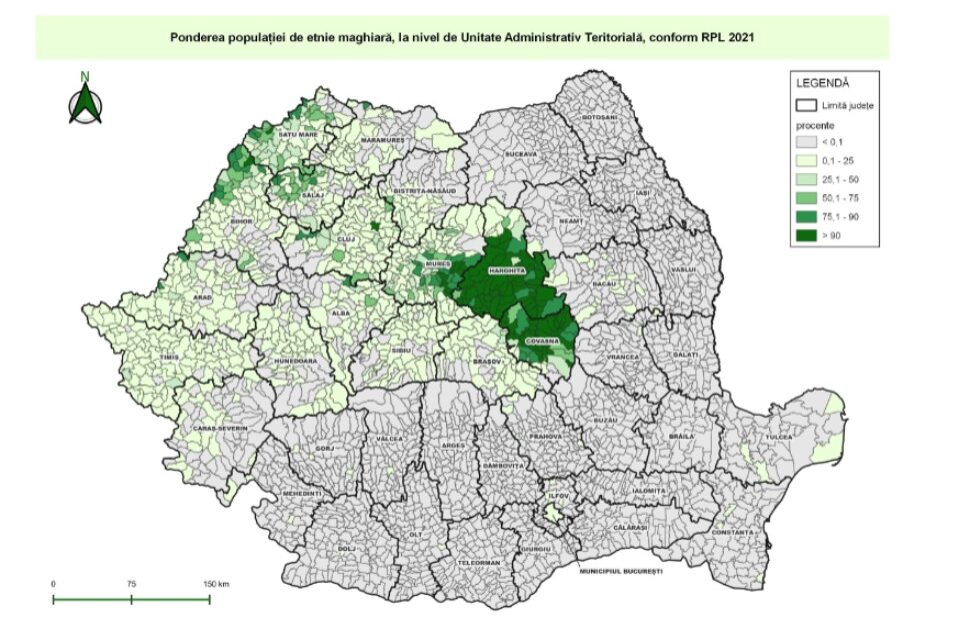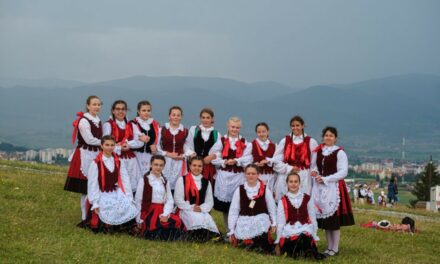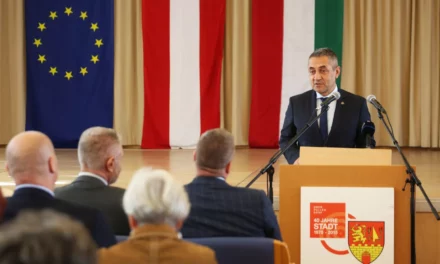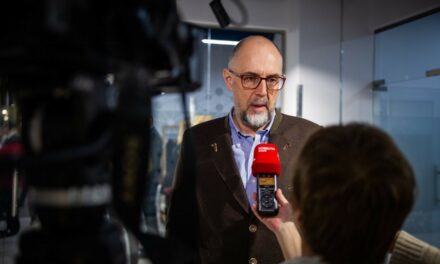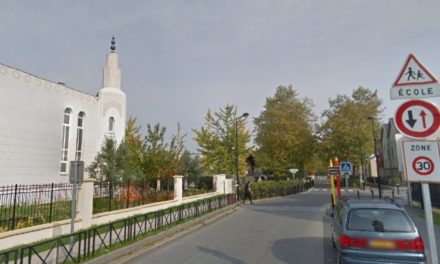In Romania, more than 13 percent of the population, about 2.5 million people, still do not know their nationality, mother tongue, or religion. In absolute terms, the number of Hungarians in Romania has decreased by 225,000 in a decade, but they still constitute the largest national minority community, according to the final results of the 2022 census published on Friday, which were reviewed by the Hungarian Telegraph Office.
According to the National Statistical Institute (INS), the permanent population of Romania at the time of the census was 19,053,815, of which 1,002,151 (5.23 percent) declared themselves Hungarian. The nationality of just over 16.5 million inhabitants was recorded in the census, compared to this number, the share of Hungarians is 6.05 percent, almost half a percentage point lower than ten years ago (6.5 percent). , it was recorded that their mother tongue is Hungarian for more people - 1,038,806, 5.45 percent of the total population
In absolute terms , the number of Hungarians in Romania decreased by 225,000 in a decade, but they still constitute the largest national minority community, the second most populous community being the Roma, who make up 3 percent of the total population (3.4 percent of the population of known nationality).
Hungarians form the majority in two counties: Hungarians make up 79.5 percent of the population in Hargita County, and 66.7 percent in Kovászna County. Maros (31.8 percent), Szatmár (28.3 percent), Bihar (20.4 percent) and Szilágy (19.1 percent) counties also have a significant Hungarian population. In absolute terms , Hargita County recorded the largest number of Hungarian residents, 232,157 , followed by Maros (165,014), Kovászna (133,444), Bihar (112,387), Szatmár (93,491), Kolozs (78,455) and Szilágy County (40,554).
At the level of the settlements, the largest number of Hungarians (40,604) were registered in Marosvásárhely , who make up almost 35 percent of the population of the county seat. For the first time in the history of Romanian censuses, more Hungarians (34,678) were registered in Sepsiszentgyörgy than in Cluj-Napoca (33,603), and while Hungarians represent 69.2 percent of the Székelyföld city, the proportion of the Hungarian population in the "capital" of Transylvania dropped to 11.7 percent. In Nagyvárad, slightly fewer, 33,340 Hungarians were registered, they make up 18.2 percent of the city, while in Szatmárnémeti , they represent 30.8 percent of the city of Partium.
The religious affiliation of almost 14 percent of the Romanian population, 2.66 million people, is unknown. Among the known denominations, 14 million are Romanian Orthodox, 742 thousand Roman Catholic, 495 thousand Reformed, 404 thousand Pentecostal, 115 thousand Greek Catholic, 103 thousand Baptist. 45 percent of the Romanian Hungarian population of known nationality and religion , 1.9 percent Orthodox, 1.3 percent Greek Catholic, 1.1 percent Baptist, and 1 percent Evangelical, MTI concluded.
The situation in Hargita County is unchanged
The final data sent by the prefect's office match the preliminary results from January exactly: 291,950 residents were counted in the county, which is 20,000 less than ten years ago , and 60,000 less than the peak in 1992. This is roughly divided by gender: 143,628 men and 148,322 women, with a greater difference between the sexes in urban areas, where a total of 56,740 men and 62,014 women were counted.
232,157 persons from Hargita County declared themselves Hungarian, 33,634 Romanian, 4,928 Romanian, 282 other, 20,949 unknown nationalities.
Compared to ethnicity, slightly more people, 236,139, consider Hungarian to be their mother tongue , while 33,409 speak Romanian, 1,148 speak the Gypsy language (Romani), 142 speak another language, and this data is unknown for 21,112.
178,126 persons professed to be Roman Catholics, 32,472 Reformed, 31,087 Orthodox, 19,001 Unitarians, 8,374 persons of other religions, and 22,890 whose religious affiliation is unknown.
Székelyudvarhely, the most Hungarian city
remained with the 31,335 inhabitants measured in January, of which 27,351 Hungarians, 721 Romanians, 495 Roma , 27 declared themselves to be of other nationalities, 2,741 persons were unknown. The population of 34,257 in 2011 decreased by 2,922, which means a drop of 8.53 percent.
In absolute terms, Székelyudvarhely is still considered the most Hungarian town in the county:
in Csíkszereda with a population of 34,484, 24,873 Hungarians, 5,305 Romanians, 268 Roma, 73 other nationalities were counted, 3,965 unknown;
in Gyergyószentmiklós with 15,884 people , 11,832 Hungarians, 1,288 Romanians, 377 Roma, 16 other nationalities, 2,371 unknown;
in Székelykeresztúr with 8,797 people , 7,673 Hungarians, 169 Romanians, 245 Roma, 9 other nationalities, 701 unknown;
6,088 Hungarians, 50 Romanians, and 15 Roma live in Szentegyháza 6,468
In the most Hungarian villages
there are also 5-10 people who declared themselves to be of Romanian nationality, but there are villages where not a single Romani was registered : for example, Udvarhelyszéken Székelyvarság, Homoródszentmárton, Lövéte and Máréfalva . However, in the case of several villages in Hargita County, including Farkaslaka, Homoródalmás and Lövéte, this data is encrypted, according to the prefect's spokesperson, because the persons could be identified on an exclusionary basis if there were only 1-2 people, so the protocol serves to protect their identity.
In most Hargita county settlements, the number of inhabitants decreased compared to 2011. Among the Udvarhelyszék municipalities, the most significant decrease was measured in the case of the population of Székelyderzs (17.86) and Kányád (10.48). Meanwhile, Korond grew by 259 people, Oroszhegy by 191 people, Felsőboldogfalva by 151 people, Zetelaka by 86 people, Farkaslaka 74 people, Újszékely 63 Varság 72 people, Parajd 40 people, Kápolnásfalu by 10 people, in Máréfalva as ten years ago: in 1995.
Source: uh.ro / MTI

